What the eyes and the soul sometimes do not see
By Zhao Xu ( China Daily ) Updated: 2015-12-19 14:51:26
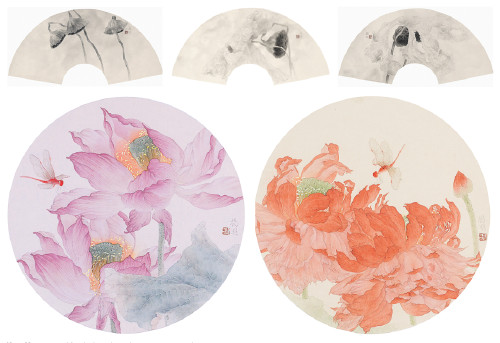 |
|
Yang Ming tries to blur the boundaries between gongbi and xieyi.[Photo/ China Daily] |
Although gongbi has done relatively well in the Chinese art market, thanks partly to a tendency by many buyers to pay more for heavily-worked pieces, a deeply entrenched view associates it more with craft than art.
"An apt metaphor would be a colorful cloisonne vase, with its mind-boggling detail reminding people of the countless hours invested in making it," Yang says.
"What I have set out to do is to restore gongbi to its rightful place in art, in my own small way, by pushing its boundaries, and by blurring the boundaries between gongbi and xieyi."
For those who are familiar with the steps of painting traditional gongbi, "boundary" could be taken literally in this case. A gongbi painter would always first render a specific subject in fine lines, before filling the well-delineated compartments with color. Yang's experiment starts with the lines.
Instead of dragging her brush from the beginning of a line to its end, she pauses from time to time, as she works on the stem of a lotus flower, or paints its veins on the broad leaves. The discontinuity creates a certain sense of uncertainty, which in turn echoes the mood of her painting.
"Most of my creations are shrouded in mist," she says, referring to her days in Zhejiang, where a misty drizzle dominates a large part of the year.
And instead of defining and restricting, Yang's lines are there to be breached. Colors seep over the lines to mingle with one another, softening the general effect of the painting.
"The overlapping of colors blurs the distinction between the flowers and leaves. The result is a sense of fluidity across the paper"
Fluidity
In fact, for Yang fluidity is a key word. A series of her ink paintings have clouds of ultra-light ink fading into the white background. The barely discernible difference between the ink and the white paper creates what seems like a miraculous flow of light reminiscent of a lake's surface, upon which Yang paints her lotus flowers.
"I love water plants because they allow me to experiment with something solvent in a style of painting that's more about solidity," she says.
Liu Mu, a painter and art critic whom Yang considers her mentor, sees a similarity between Yang's paintings and British watercolors, especially those depicting the changing skies.
"Both are atmospheric looked from afar, but seen close up they all possess wonderful details that testify to the painters' acute powers of observation."
|
|
|
|
|
|
|
|






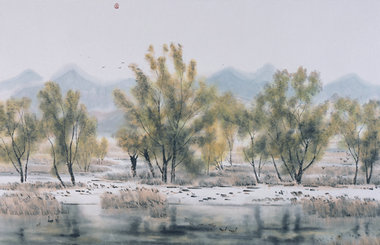
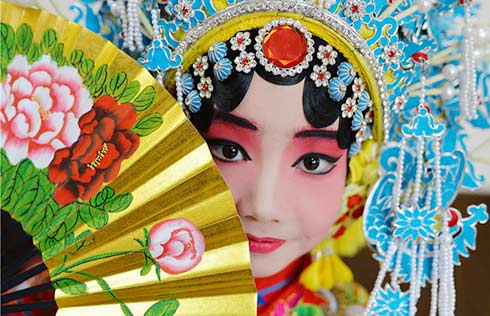




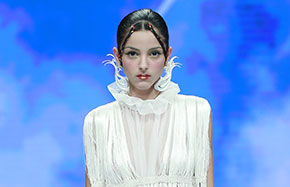








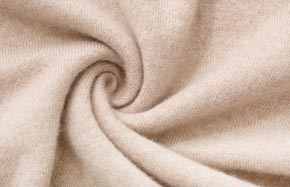



 Raymond Zhou:
Raymond Zhou: Pauline D Loh:
Pauline D Loh: Hot Pot
Hot Pot Eco China
Eco China China Dream
China Dream China Face
China Face






